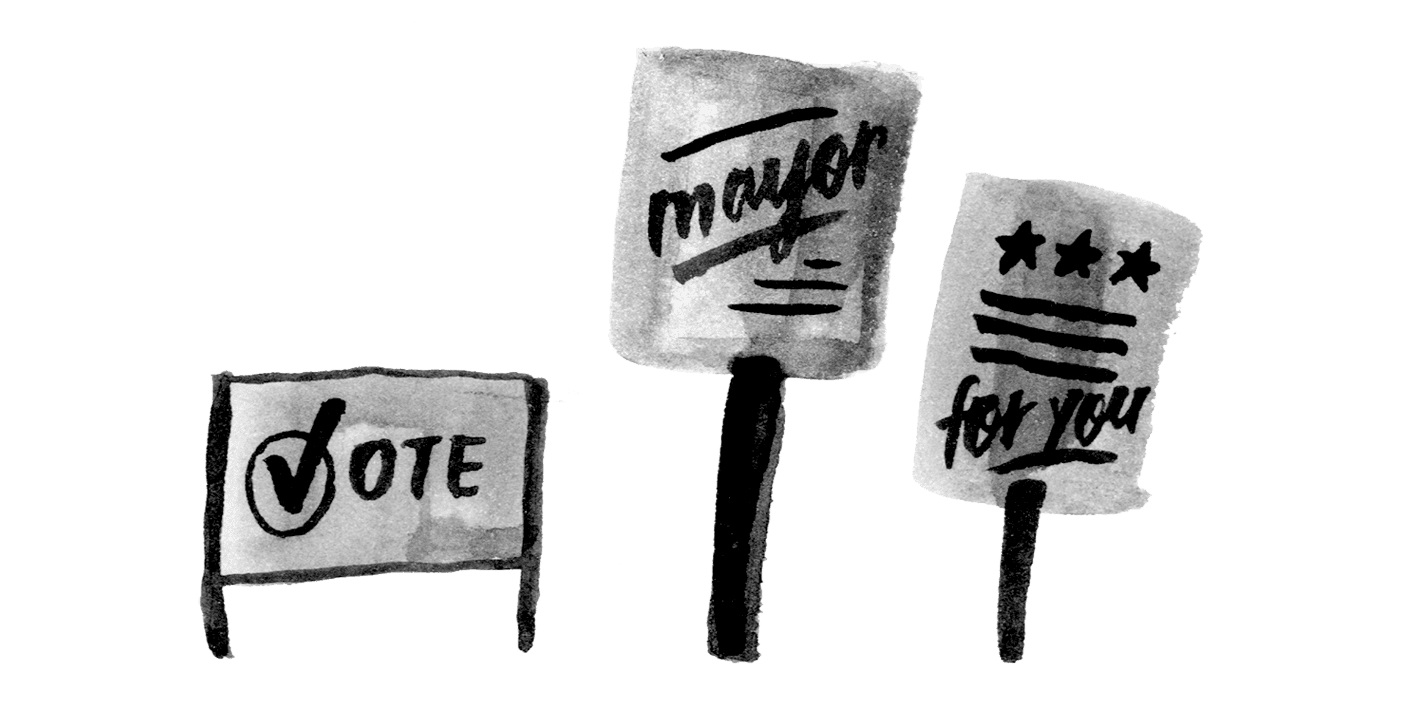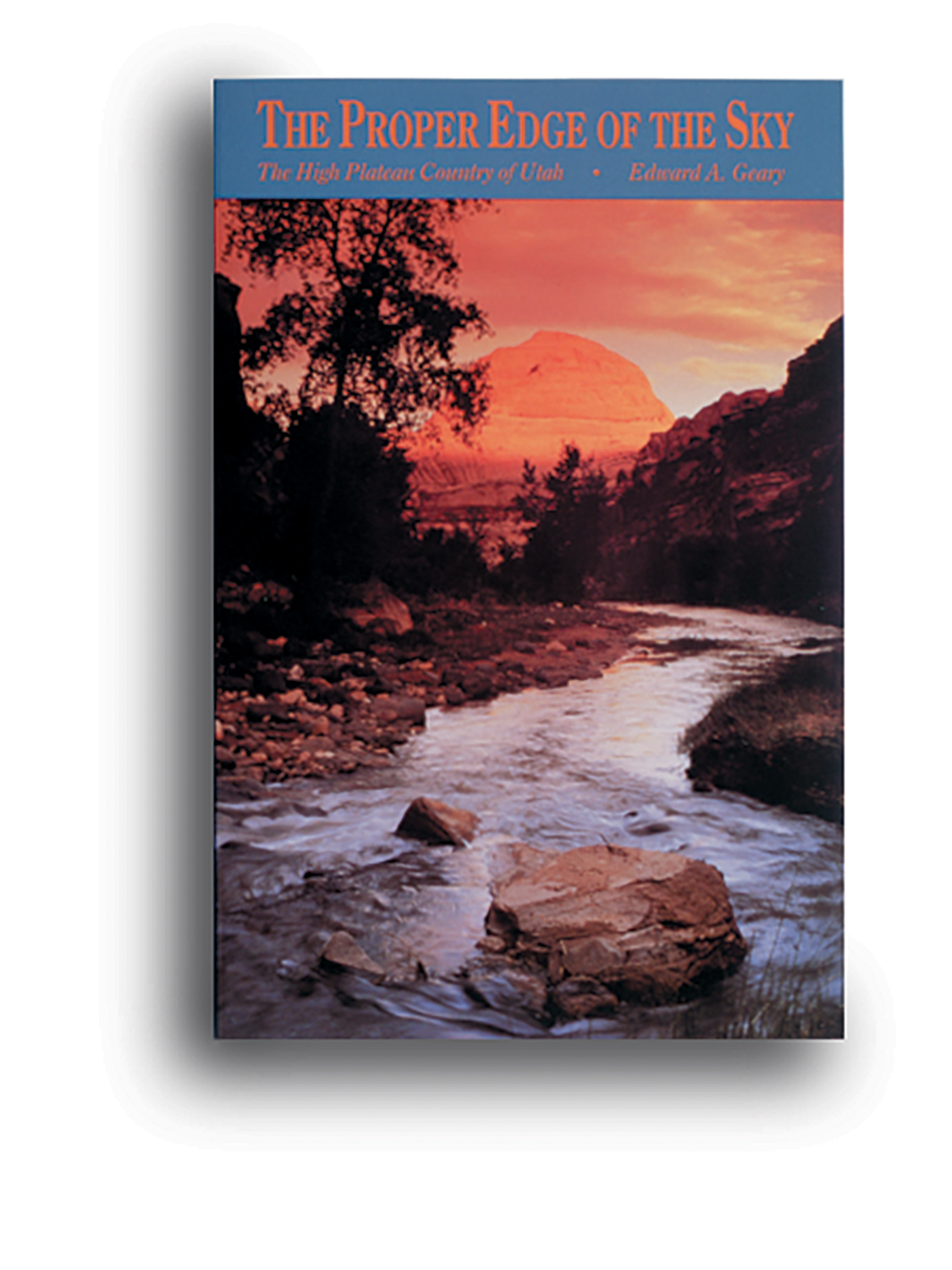By Jeff McClellan, Editor
On a warm Sunday afternoon, I studied the stained- glass windows of the Provo Tabernacle. Columns of blue rise to meet arcs of green that shelter open books. Green and purple frame candles on fields of white and gold. Colors glow from every corner, and the windows’ beauty is reflected in the entire structure, as cream-colored stones accent lancet windows and cone-shaped roofs cap corner turrets. Surveying the building that day, I was awed by the feat of its creation.
Completed in 1898, the tabernacle grew, orange brick on orange brick, out of the unpolished childhood of Provo. During the same period, the town’s less than 6,000 residents also erected the imposing Brigham Young Academy building; religion and education were important to the early residents of Provo.
As I considered their works, I was humbled at the sacrifice of those who raised grace and elegance in a coarse context. The Provo Tabernacle, like other such buildings, is a monument to the faith of its builders.
Even as I exalted my predecessors, I bemoaned what I viewed as a lack of similar sacrifice today. For what structure have I earned a stiff back and calloused hands? Where is the monument to my faith? We have church houses and schools aplenty, but my contribution is always indirect and distant.
That afternoon I visited a young couple with a new child–a family that only recently flickered into existence. Their situation was less than ideal, but they had firm hope. As we spoke I sensed a commitment that, I imagined, resembled the faith of those who toiled to fashion places of religion and education in the remote valleys of Utah. This young couple, too, was struggling to build an environment for worship and learning.
In the 1990s we may not all work with brick and mortar and colored glass to erect buildings that become monuments to our faith, but the monuments exist nonetheless. Among those monuments are our families, and building them requires sacrifice to match that of our predecessors. What’s more, as we build our families, we build society, for as stones build tabernacles, so families build communities and nations. And as early Provo residents worked to build a tabernacle at the center of their community, so we should work to build families at the center of our society.
Worldwide the family is at the center of social dialogue. In informal discussions and official gatherings, organizations and nations are defending their interpretations of the family and promoting their versions of family values. Such interpretations and values vary widely, and as representatives and delegates debate and deliberate, they create agendas that become documents that ripple into laws that affect people. International conferences are growing in importance, causing more decisions to be made farther from those affected and increasing the need for individuals to voice their beliefs.
BYU has entered the international discussion, creating, in 1997, NGO Family Voice, a non-governmental organization recognized by the U.N. and devoted to promoting the principles outlined in the LDS Church’s 1995 proclamation on the family. In November 1999 BYU and NGO Family Voice will co-sponsor the World Congress of Families II in Geneva. The congress will bring together representatives from many nations, religions, and organizations to strengthen efforts in defense of the family, develop guidelines for family-centered policy, and raise worldwide awareness of family issues.
In preparation, congress organizers, hailing from 13 countries, have created “A Call from the Families of the World.” The call emphasizes the centrality of the family and asserts that marriage is a lifelong covenant between a man and a woman. It advocates the “full physical and emotional development of children” and contends that the family “has been subordinated to the agendas of pressure groups, ignored by economic decision-makers, and subjected to social experimentation.”
By the time the World Congress of Families II convenes, organizers hope to have at least 1 million families sign the call, which will be presented to the United Nations’ Commission for Social Development.
In November I attended a banquet introducing the congress. There I heard Boyd K. Packer, Acting President of the LDS Church’s Quorum of the Twelve Apostles, praise BYU’s support of the congress and assert, “If society is to be saved, it will be in the family.”
As I considered his comments, I felt moved to be a builder. Not a builder of tabernacles, but a builder of families, supporting efforts that enhance family life–for me and for people everywhere. The World Congress of Families II is one such effort.
We at Brigham Young Magazine encourage you to become involved in this effort or one like it. Sign the Call from the Families of the World, organize a drive to obtain signatures, volunteer your talents, or attend the congress with your family. Be a builder of families. Build a monument to your faith.
The Call from the Families of the World and information about the World Congress of Families II are available on the World Wide Web (https://www.worldcongress.org) or by calling toll free, (888) 332-6533.









